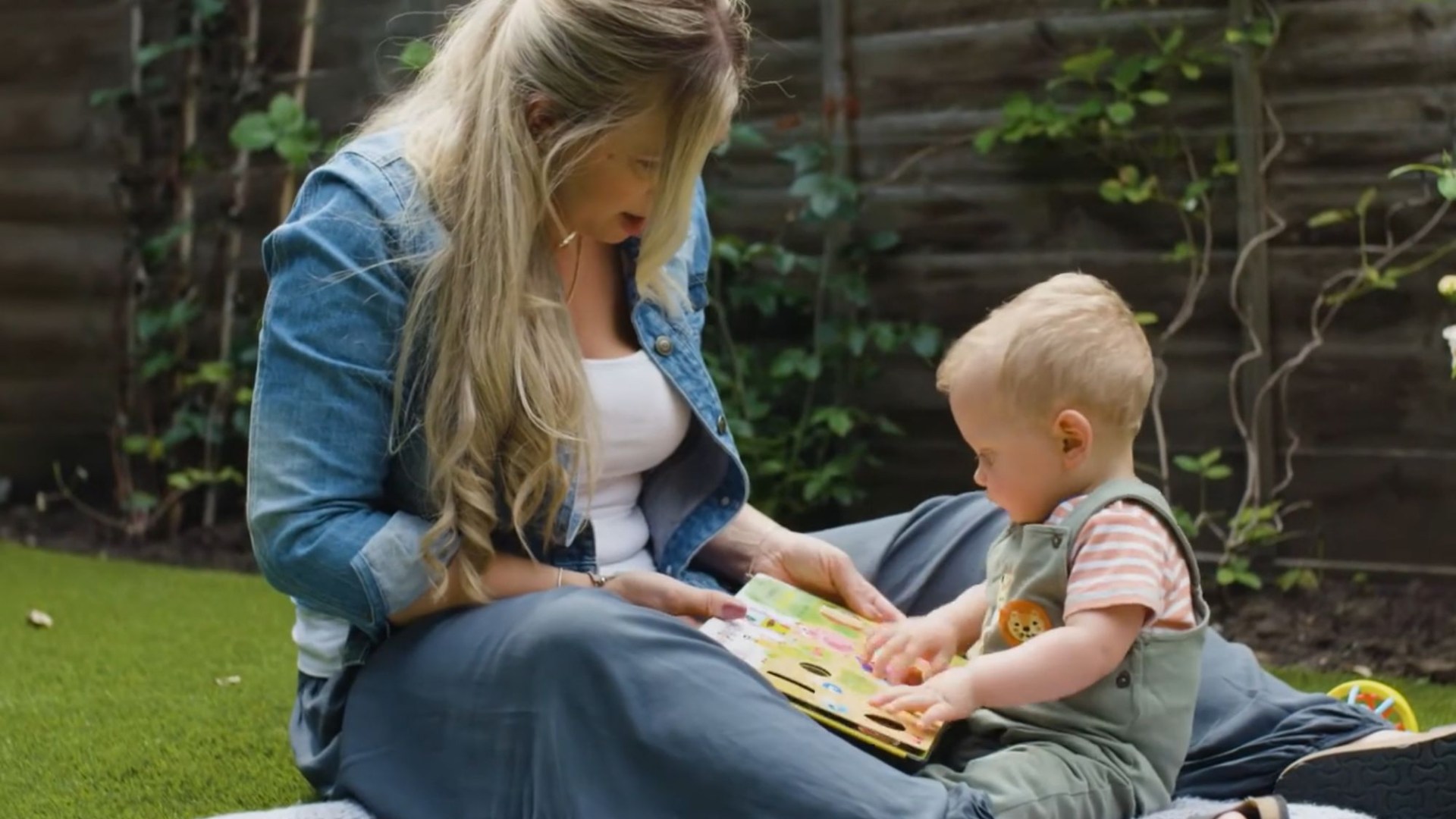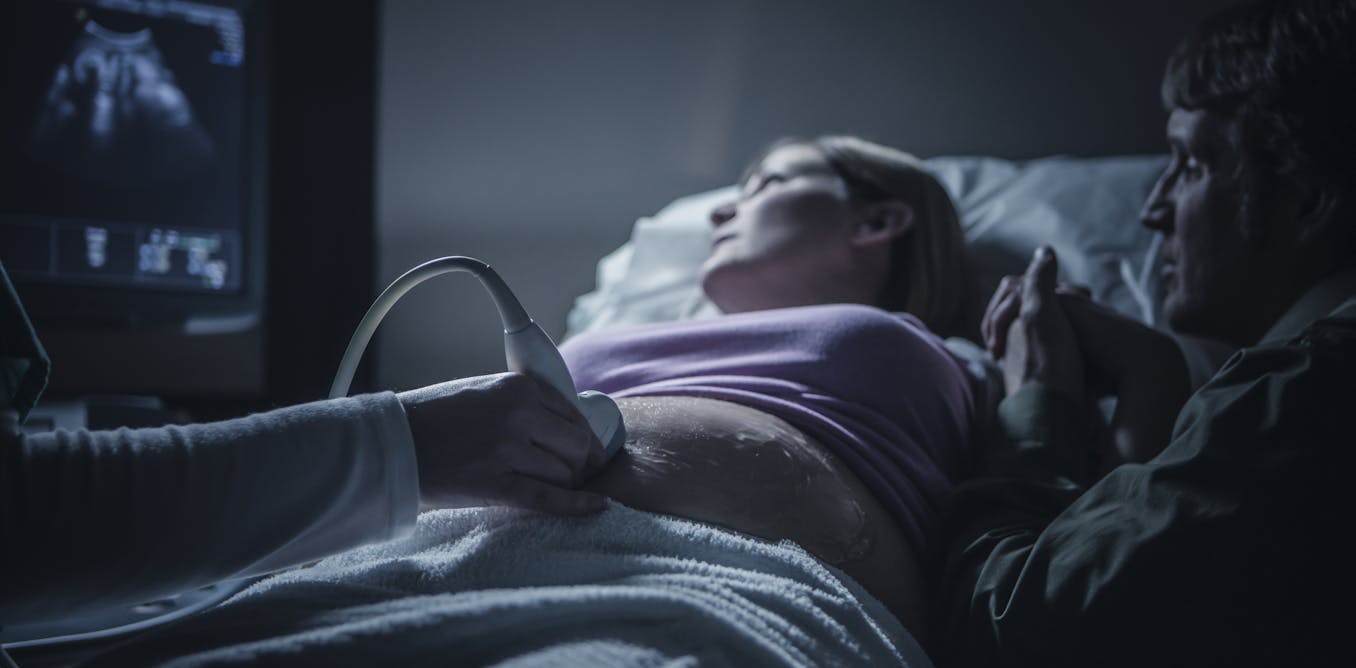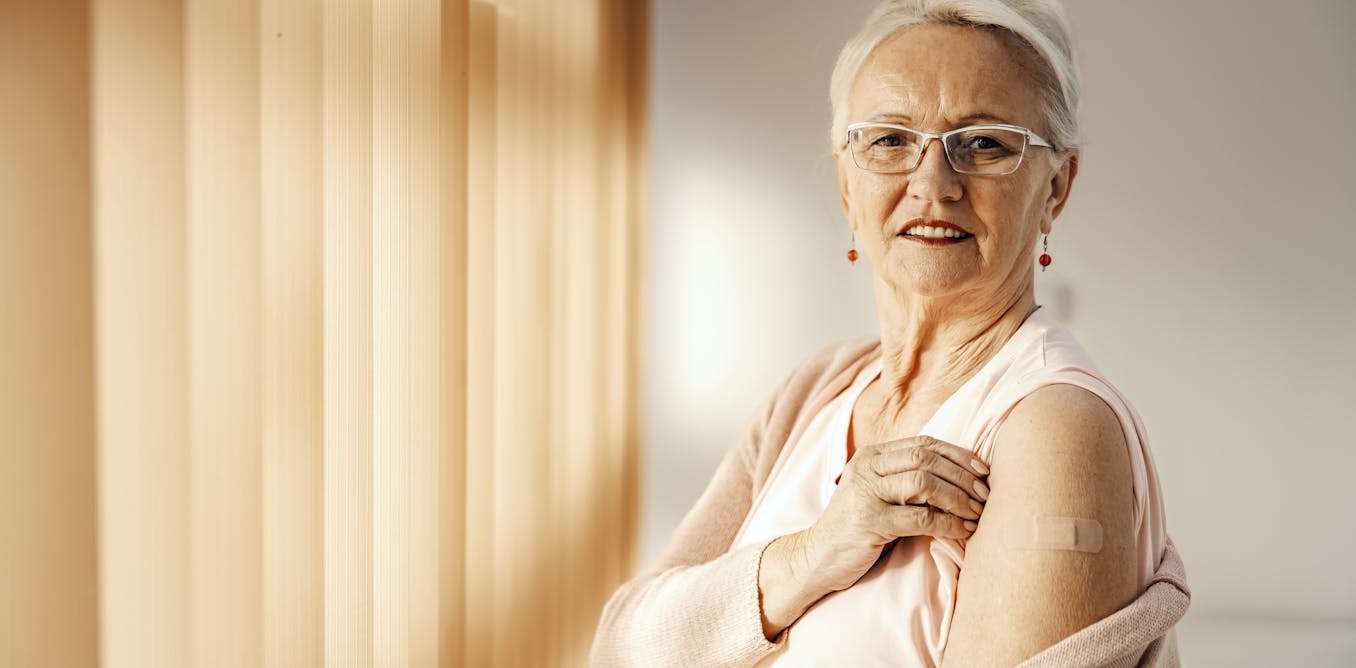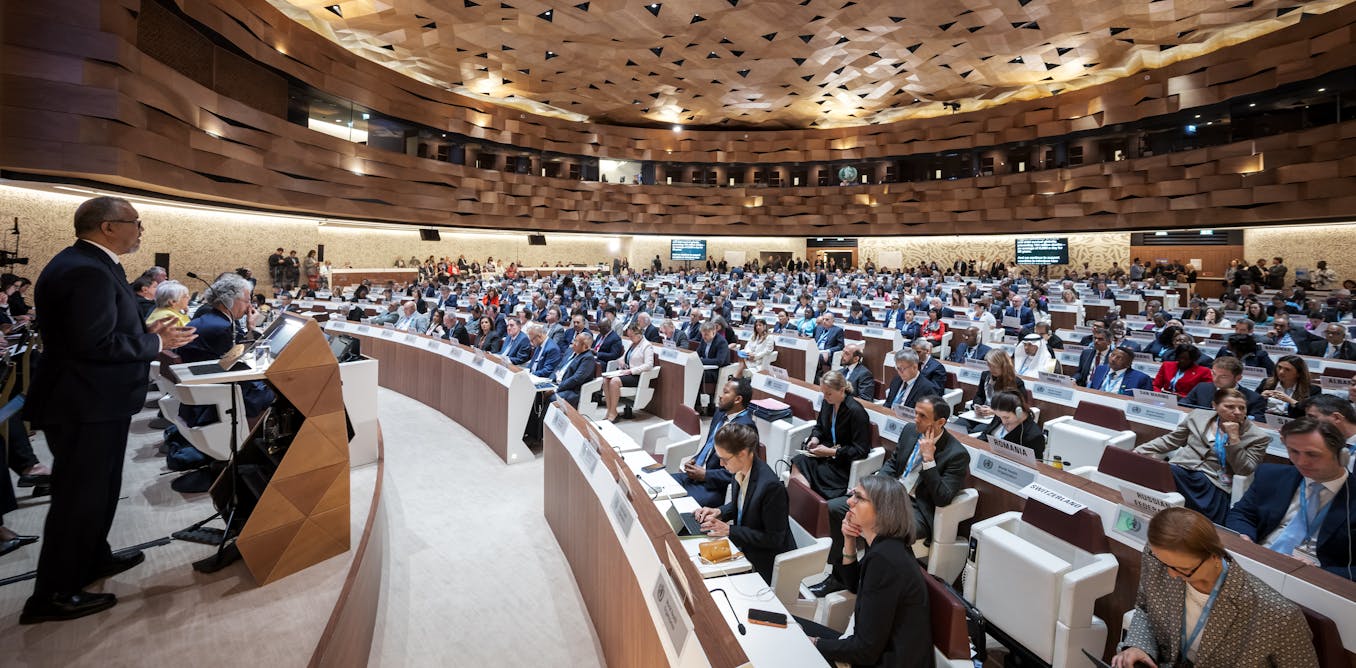A MUM is campaigning for greater awareness of infant CPR advice after having saved her newborn’s life.
Hayley Gardyj was forced to resuscitate her newborn son Brodie after he suddenly stopped crying and “went limp” two years ago.
5

5

5
Brodie had been born prematurely and spent six weeks in neonatal intensive care at the Royal United Hospital in Bath.
When he was eight weeks old, he was in the back of his mum’s car when she heard a “forceful, painful cry”.
Melksham-based mum of three said: “I tried to settle him by shaking him, rocking him around a little bit. He just got worse and worse.
“I moved him outside of the car and to the shade, and he just stopped, he stopped crying.”
Hayley then ran into a nearby veterinary practice and started CPR, having learned how to do it on a paediatric first aid course a few years earlier.
“I did two rescue breaths, and then I started compressions,” she added.
“I think I must have done about 10 or 15 but I just kept doing it, and nothing was happening.
“His life flashed before me. But it wasn’t just his life. It was my kids, my other two as well, and how they’re going to cope.”
Working with a vet, Hayley managed to get Brodie’s heartbeat back, before emergency services arrived and he was taken to the RUH.
“I just collapsed on the floor and just completely broke down,” she said.
Medics later discovered Brodie had suffered a collapsed lung, caused by a viral infection.
This traumatic episode left Heyley searching for information parents can access if they want to learn CPR.
A Personal Child Health Record (PCHR) is given to parents or carers at a child’s birth to record their health and development.
“You’ve got the most simple form of information in front of mummies who sit there with their baby in their arm, flicking through the red book,” Hayley said.
“But there’s nothing in there about CPR.”

5

5
Hayley has now been featured in a training video by the British Red Cross for CPR on babies, which she wants to link to via a QR code printed in PCHRs.
The content of the red book is overseen by a Royal College of Paediatrics and Child Health panel.
A spokesperson told the BBC: “The committee makes recommendations regarding changes to the red book as a result of user-requested change, policy changes and design changes.
“The committee is open to considering all suggestions for content so Hayley’s campaign has been passed on to the chair of the committee.”
Hayley added she would like it to be a legal requirement for all new parents to be CPR-trained.
“I won’t stop,” she added. “I won’t stop until I know that every parent is doing something, because it can be quite a scary thing to do.”
How to give CPR to an infant
If a baby or child is unresponsive and not breathing normally, call 999 and start CPR straight away…
- Check if they are breathing. Look listen and feel for breaths.
- If they are not breathing, tell someone to call 999.
- Give five rescue breaths.
- Give chest compressions.
- Give two rescue breaths, continue with cycles of 30 chest compressions and two rescue breaths until help arrives.
How to give rescue breaths for a baby under one year
- Ensure the head is in a neutral position and lift the chin.
- Take a breath, then cover your baby’s mouth and nose with your mouth, making sure it’s sealed. If you cannot cover both the mouth and nose at the same time, just seal either with your mouth. If you choose the nose, close the lips to stop air escaping.
- Blow a breath steadily into the baby’s mouth and nose over one second. It should be sufficient to make the chest visibly rise.
- Keeping their head tilted and chin lifted, take your mouth away and watch for the chest to fall as air comes out.
How to do chest compressions in babies less than one year
- Do the compressions on the breastbone with the tips of two fingers, not the whole hand or with both hands.
- The quality (depth) of chest compressions is very important. If the depth of 4cm cannot be achieved with the tips of two fingers, use the heel of one hand.
Source: British Red Cross and NHS




